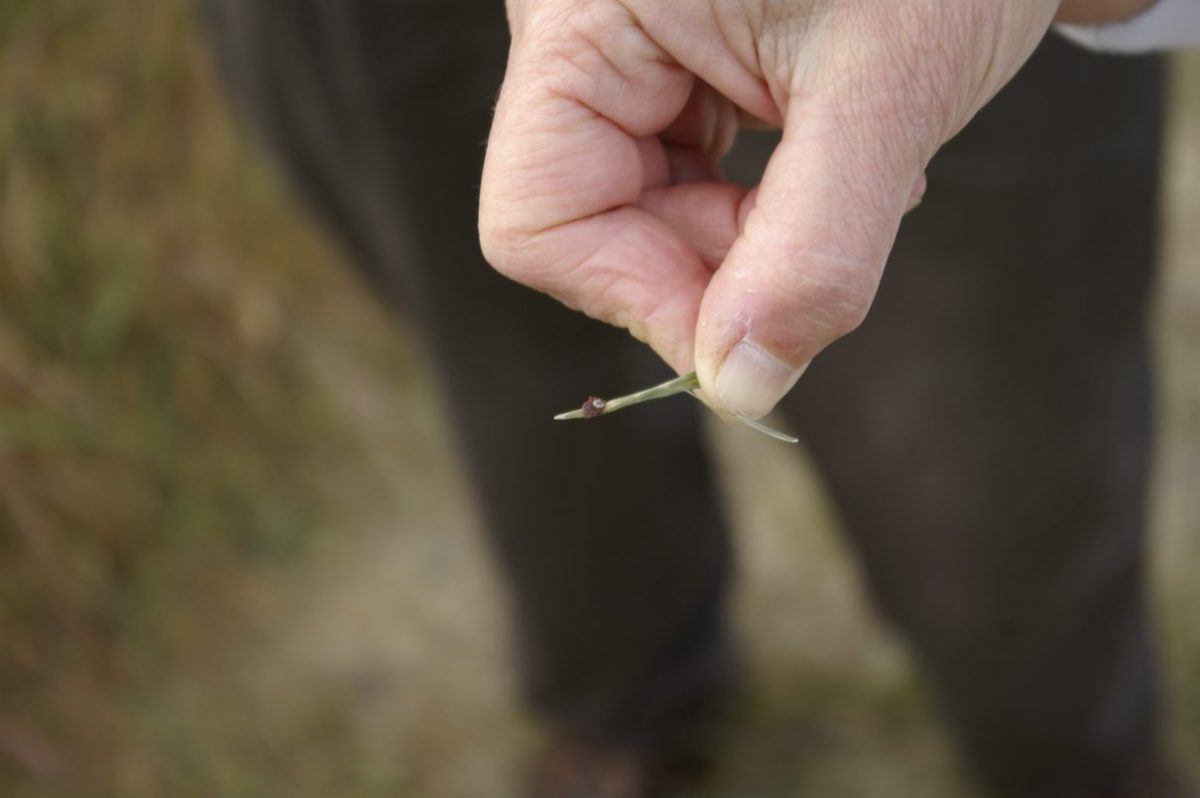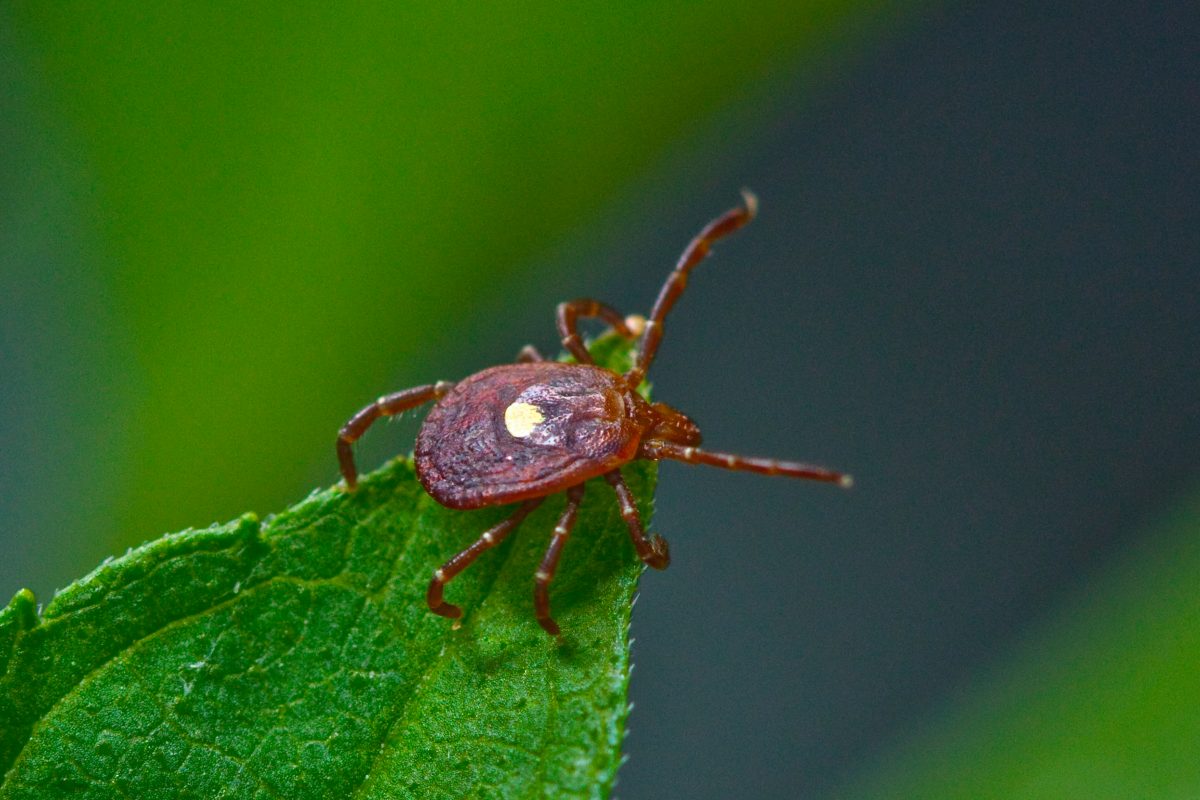This post contains affiliate links.
Imagine that the next time you bite into a big, juicy cheeseburger or savory venison steak, your tongue and throat begin to swell. Your skin begins to itch, your head ache, your stomach turn.
These are some of the unfortunate side effects of alpha-gal syndrome. A relative newcomer on the tick-borne illness scene, it results in a red meat allergy. The condition is triggered by a bite from the lone star tick, which “transmits a sugar molecule called alpha-gal into the body,” according to the Mayo Clinic. In some people, this causes a mild to severe allergic reaction to red meat like beef.
Historically found in the southeastern United States, the lone star tick has began to expand north and west as it is carried farther distances by animals.
Alpha-gal, however, is not the only tick-borne illness outdoor lovers have to worry about.
“The number of U.S. cases of Lyme disease alone has tripled since the late 1990s, according to the CDC.”
According to the Centers for Disease Control and Prevention (CDC), in 2017, state and local health departments reported a record number of cases of tick-borne disease — specifically, 59,349, much higher than 2016’s 48,610 cases. The CDC points out, though, that these figures only represent reported cases and thus only “a fraction” of the total number of people with such diseases. These illnesses include common ones such as Lyme disease and Rocky Mountain spotted fever and lesser known ones like alpha-gal and tularemia.
The number of U.S. cases of Lyme disease alone has tripled since the late 1990s, according to the CDC. Additionally, in the Northeast and upper Midwest, the number of counties considered high risk for the disease grew by more than 300 percent between 1993 and 2012.
While no definitive causes of the growth and geographic spread of ticks in the U.S. are known, according to the CDC, there are some factors that contribute.
“The spread of Lyme disease over the past several decades has been linked to changes in land use patterns, including reforestation in the northeastern United States,” the CDC website reads. “Suburban development in these areas has increased the spread of these germs because people, ticks, deer, and tick hosts such as mice and chipmunks are in close contact.”
It is believed that climate change is also having an effect. “Since vector-borne diseases have strong environmental links, we expect that changes in seasonality and location may occur,” the site reads. However, no one knows what these changes might be.

Taking Steps to Protect Yourself
Nature-lovers, don’t be discouraged. There are steps that you can take to protect yourself and your family and prevent tick-borne illnesses.
- Educate yourself on the risks in your area, including what tick-borne illnesses and germs are present in your state or region.
- Wear long pants and sleeves and tall socks when you go outdoors, as well as light-colored clothing so that you can easily spot ticks.
- Use insect repellent. The Mayo Clinic recommends those with a 20 percent or higher concentration of DEET. For my money, I prefer OFF! Deep Woods. (If you have a young child, however, DEET is not advised.)
- Avoid going off trail and areas with tall grass, and walk in the middle of trails.
- The CDC recommends using products containing permethrin to treat clothing and gear or wearing clothing that is pre-treated. Sawyer Products makes a permethrin spray, which you can buy here.
- Check yourself, your children and your dogs following outdoor activity to ensure none of you have ticks and to avoid bringing them into your home. (Also, be sure to treat your dogs with some type of tick prevention.)
- Shower as soon as you return indoors to help get rid of any ticks that may be on you. Using a washcloth may help remove any ticks that haven’t yet attached.
- Place your clothes in the dryer on high heat for 10-plus minutes to help kill ticks. If your clothes are wet, dry them thoroughly before tossing them back in the dryer for another 10 minutes on high.
- If you find a tick in you, remove it as soon as possible using tweezers, grasping the tick as close to your skin as possible before pulling it out. It’s important to remove the entire tick, including the head. Apply an antiseptic to the bite.
- Be aware of warning signs and symptoms of tick-borne illnesses. For Lyme disease, this includes a rash around the site of the bite that looks like a ring as well as a fever, chills, headache and numbness in the arms and legs, among other symptoms. See your doctor as soon as possible if you have these or other symptoms of a tick-borne illness.





